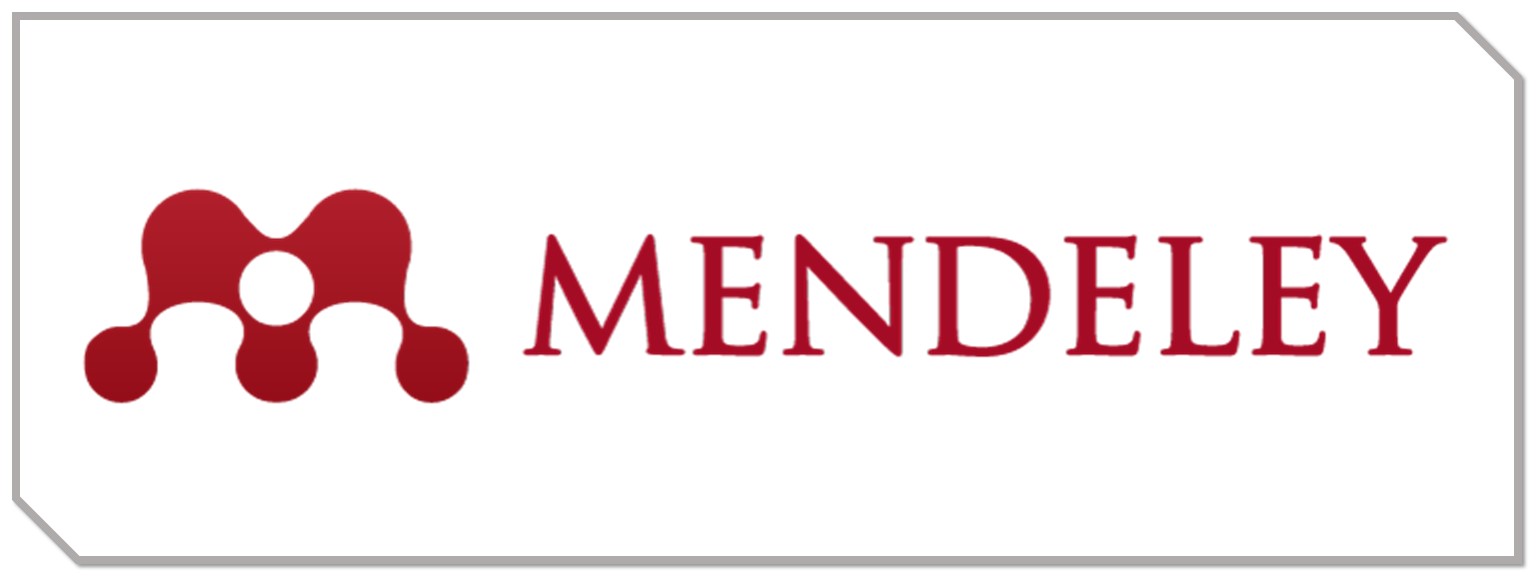Corporate Collaboration In Financing Schemes: Qualitative Analysis Of Risks And Benefits Of Financing To Group Companies With Shared Responsibility
DOI:
https://doi.org/10.70142/ijbge.v1i4.258Keywords:
Financing schemes, Joint liability, Risks and benefits, Corporate collaboration, OverinvestmentAbstract
This study aims to analyze the risks and benefits of joint liability financing schemes for groups of companies through a qualitative literature review approach. This financing scheme offers solutions for companies facing capital constraints by enhancing access to credit through collective responsibility. The results of the review indicate that this scheme provides benefits such as increased financing opportunities, mitigation of default risks, and peer monitoring among group members. However, it also presents risks such as overinvestment and moral hazard, where company members may tend to make larger investments or neglect their obligations due to the protection of joint liability. Additionally, the effectiveness of the scheme heavily relies on the group structure, with smaller and more homogeneous groups having lower risks compared to larger and more heterogeneous ones. This study concludes that joint liability financing schemes can be an effective solution if these risks are well-managed through stringent oversight and fair financing policies.
References
Ahlin, C. (2015). The role of group size in group lending. Journal of Development Economics, 115, 140–155.
Ahlin, C. (2020). Group lending, matching patterns, and the mystery of micro-credit: Evidence from Thailand. Quantitative Economics, 114, 713–759.
Alan, Y., & Gaur, V. (2018). Operational investment and capital structure under asset-based lending. Manufacturing & Service Operations Management, 20(4), 637–654.
Bhole, B., & Ogden, S. (2010). Group lending and individual lending with strategic default. Journal of Development Economics, 91(2), 348–363.
Bin Cao, X., Chen, T. C. E., Zhong, Y., & Zhou, Y. W. (2023). Inventory and financial strategies of capital-constrained firms under limited joint liability financing. Production and Operations Management Society, 32(11), 3413–3432.
Cai, G. S., Chen, X., & Xiao, Z. (2014). The roles of bank and trade credits: Theoretical analysis and empirical evidence. Production and Operations Management, 23(4), 583–598.
Chowdhury, P. (2005). Group-lending: Sequential financing, lender monitoring and joint liability. Journal of Development Economics, 77(2), 415–439.
Dada, M., & Hu, Q. (2008). Financing newsvendor inventory. Operations Research Letters, 36(5), 569–573.
Ghatak, M. (1999). Group lending, local information and peer selection. Journal of Development Economics, 60(1), 27–50.
Ghatak, M., & Guinnane, T. (1999). The economics of lending with joint liability: Theory and practice. Journal of Development Economics, 60(1), 195–228.
Kitchenham, B. (2004). Procedures for performing systematic reviews. Keele University Technical Report TR/SE-0401.
Lincoln, Y. S., & Guba, E. G. (1985). Naturalistic inquiry. SAGE Publications.
Morse, J. M., Barrett, M., Mayan, M., Olson, K., & Spiers, J. (2002). Verification strategies for establishing reliability and validity in qualitative research. International Journal of Qualitative Methods, 1(2), 13–22.
Popay, J., Roberts, H., Sowden, A., Petticrew, M., Arai, L., Rodgers, M., & Britten, N. (2006). Guidance on the conduct of narrative synthesis in systematic reviews. ESRC Methods Programme.
Rezaei, B., Dasu, S., & Ahmadi, R. (2017). Optimal group size in joint liability contracts. Decision Analysis, 14(3), 204–225.
Rezaei, M., Ortt, R., & Scholten, V. (2017). Dynamics of small group size and communication in group lending. Journal of Small Business Management, 55(4), 573–588.
Snyder, H. (2019). Literature review as a research methodology: An overview and guidelines. Journal of Business Research, 104, 333-339. https://doi.org/10.1016/j.jbusres.2019.07.039
Stiglitz, J. (1990). Peer monitoring and credit markets. World Bank Economic Review, 4(3), 351–366.
Thomas, D. R. (2006). A general inductive approach for analyzing qualitative evaluation data. American Journal of Evaluation, 27(2), 237-246. https://doi.org/10.1177/1098214005283748
Wydick, B. (2001). Group lending and poverty alleviation: Insights from a survey of small-scale entrepreneurs in Guatemala. The Economic Journal, 111(473), 63–85.
Xu, X., & Birge, J. R. (2008). Operational decisions, capital structure, and managerial compensation: A newsvendor perspective. The Engineering Economist, 53(3), 173–196.
















